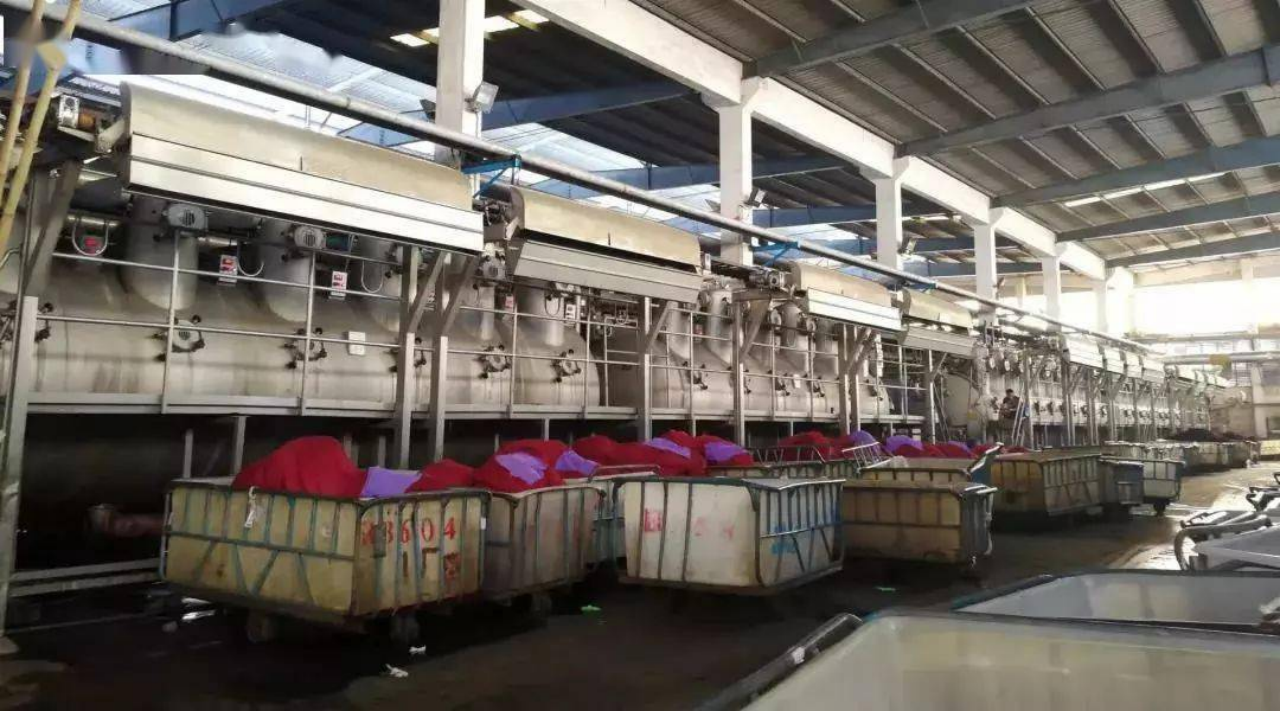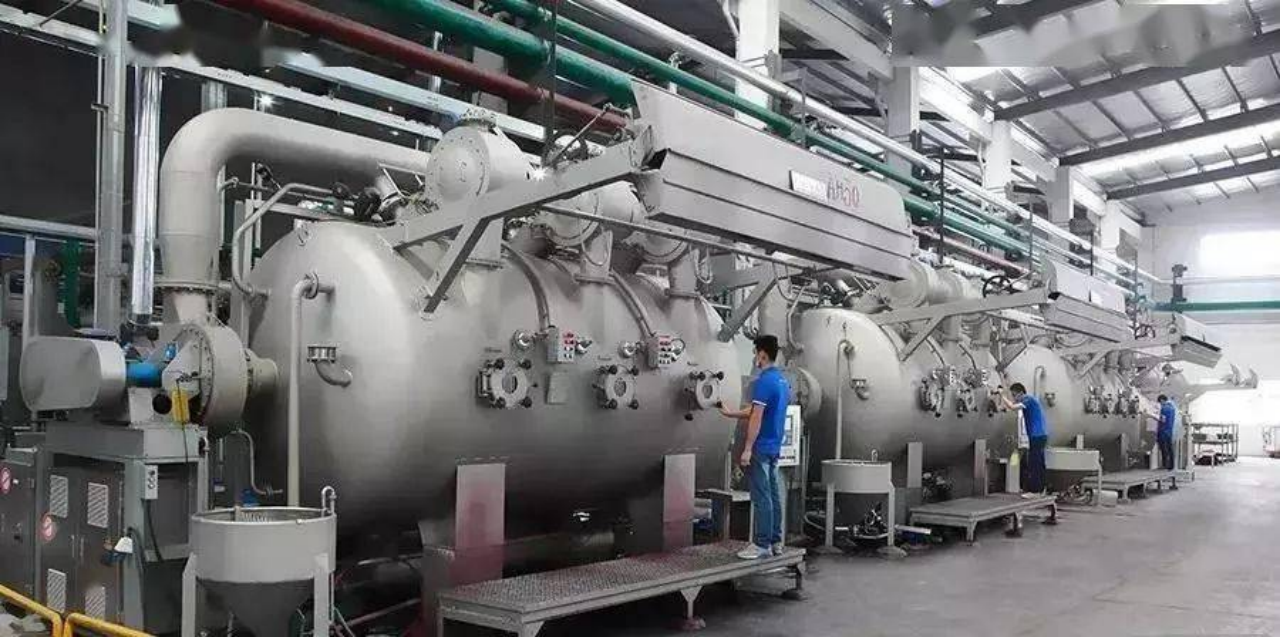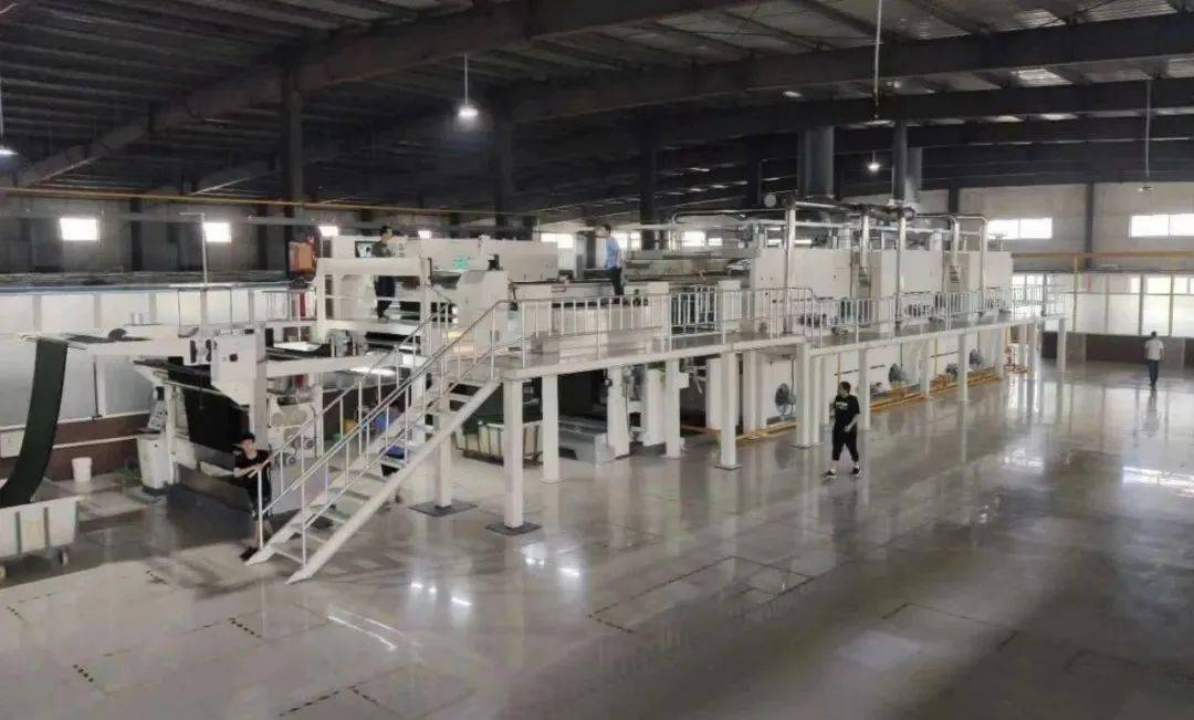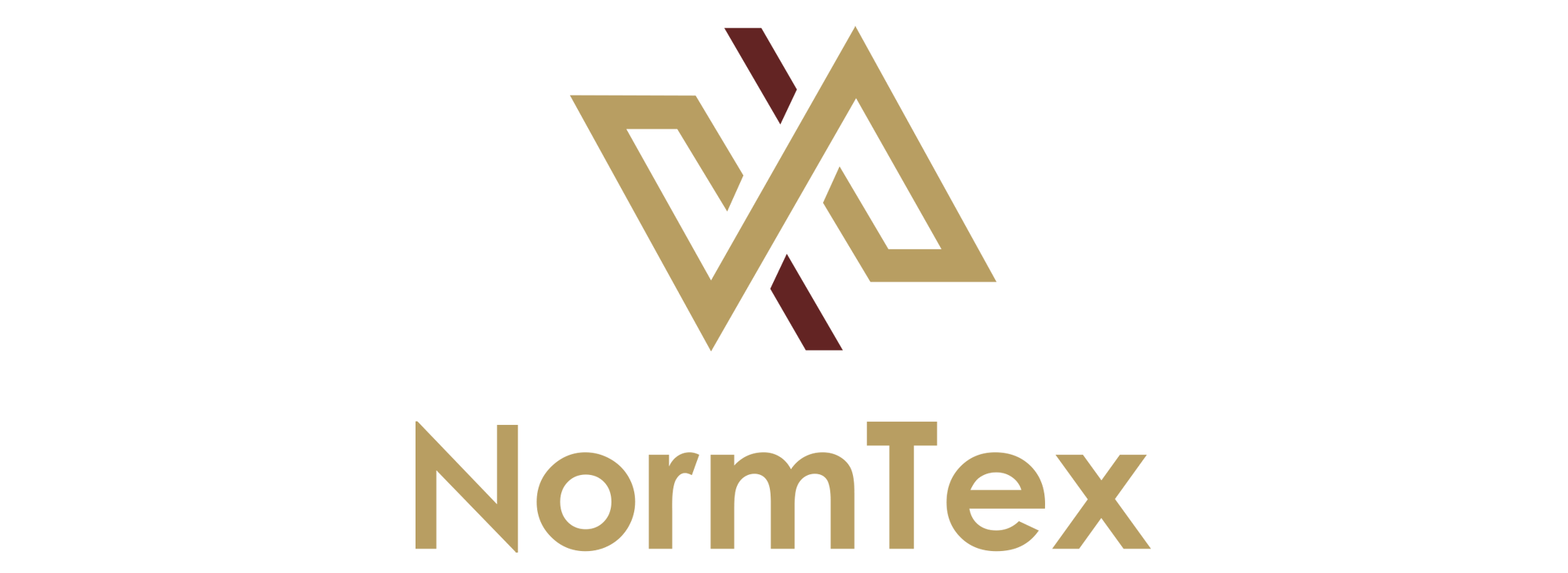Dyeing and Printing
Aug 25,2022 | normtex
Fabrics that have not been dyed and finished are collectively referred to as loom-state fabrics or loom-state fabrics. Fabrics that can be sold in a store or sent to a garment workshop are called finished fabrics. The process from loom-state fabrics to finished fabrics includes PFP, printing and dyeing, and after treatment.
Preparation of fabrics
The preparation of fabrics is called PFP. The loom-state fabrics preparation process includes loom-state fabrics inspection, cloth turning over, and seam.
a.loom-state fabricsinspection: The purpose is to check the quality of fabrics and find problems that can be solved in time. The inspection contents include physical indicators and appearance defects.
b.Cloth turning over: After inspection, the loom-state fabrics is not rolled in the correct direction, so it is necessary to restore the loom-state fabrics to the correct direction through the process of turning over the fabric. According to the standardized process, when turning the cloth, the cloth should be turned in batches and boxes correctly, and the two ends of each piece of fabricshould be pulled out to an appropriate length, and it should not be too long or too short. The two ends of the fabrics in the same box should be marked with ink, and the content includes the fabric name or code, processing category, batch number, box number, date, operator code, etc.
c.Seam head: Seam head refers to sewing together the loom-state fabricsin the same box and sewing the end of the previous roll of fabric and the head of the next roll together. The purpose is to sew multiple pieces of fabrics into one.
Moreover, the loom-state fabrics often contain a certain number of impurities, such as the accompaniment of cellulose fibers (wax, pectin, nitrogen-containing substances, ash, natural pigments, cottonseed hulls, etc.), oils on chemical fibers applied during the textile process. Or sticky oil, warp sizing during weaving, etc. If these impurities, oils, and dirt are not removed, it will not only affect the color and feel of the fabric but also affect the color fastness of the fabric dyeing. Therefore, whether it is bleached, dyed, or printed products, it is generally necessary to carry out refining and bleaching treatment.

Printing and Dyeing
Dyeing is a complex process, different fabrics may need different dyeing methods, and the quality of fabrics varies from the different dyeing processes. For example, in some fabrics, use pad dyeing and jig dyeing. Other fabrics must use high-temperature and high-pressure dyeing. The number of dyeing also varies. Some fabric only dyes once, while other fabrics need to dye multiple times.
While fabric can be dyed by paddle cart, it is still the most difficult work because, during the dyeing process, color stability is affected by many variables such as temperature, humidity, and pressure.
Controlling these variables is a delicate task.

In the situation of continuing dyeing, the long car (dyeing machine) is divided into two parts, the front car is for dyeing, and the rear car is for color fixing. The dyeing method varies according to the variety of dyes used. The dyes are generally active, dispersed, vulcanized, and paint. Different dyes have different characteristics and present different effects.

Different types of dyeing agents:
There are two main methods for dyeing fabrics. One is to apply a wide range of dyeing (conventional dyeing), mainly to treat the fabrics in chemical dye solutions. One method is to use paint, which is made into tiny insoluble colored particles to adhere to the fabric (yarn-dyed fabric is not included here).
- Acid dyes: Acid dyes are primarilysuitable for protein fibers, nylon fibers, and silk. It is characterized by bright color but poor washing fastness and excellent dry-cleaning fastness and is widely used in natural silk
- Cation dyes(alkaline) are suitable for acrylic, polyester, nylon, cellulose, and protein fiber. It is characterized by bright color and is very suitable for artificial fibers, but it has poor color fastness to water and light for natural cellulose and protein fabrics.
- Direct dyes are suitable for cellulose fiber fabrics. The washing fastness is relatively poor, and the light fastness is different. However, the color fastness ofwashing of the modified direct dyes will be well improved.
- Disperse dyes suitable for viscose, polyacrylonitrile fiber, nylon, polyester, etc.; thewashing fastness is different, polyester is better, and viscose is poor.
- AZO FREE DYES, suitable for cellulose fabrics, bright color, more suitable for bright color.
- Reactive dyes, mostly used in cellulose fiber fabrics, less in protein. It is characterized by bright color, finish resistance, washing,and rubbing fastness.
- Sulfur dyes are suitable for cellulose fiber fabrics. The color is dark, mainly navy blue, black,and brown. The fastness to end and washing is excellent, and the fastness to chlorine bleaching is poor. Long-term storage of the fabric will damage the fibers.
- Vat dyes, suitable for cellulose fiber fabrics, have good end resistance and washing fastness and are resistant to chlorine bleaching and other oxidative bleaching.
- The coatingis not a dye but is suitable for all fibers. It can be mechanically attached to the fibers by the resin. The advantages are accurate color registration, good light fastness,and washing fastness. But there is also a downside; dark fabrics can get stiff easily.
b. Printing is a process in which dyes or paints are printed on fabrics into patterns. The paste plays the role of thickening the original paste, adhering,and carrying dyes in printing. It cankeep the pattern board clear and overcome the seepage of the dye solution. The printing process is generally the same as the dyeing process, the difference is that the printing is a multi-color pattern, so it can also be regarded as a local dyeing process.
There are two classification methods for printing. First, it can be classified by equipment, which includes screen printing, roller printing, transfer printing, electrostatic printing, photosensitive printing, three-color printing, inkjet printing, shower printing, etc. Second, it can be classified by different processes, which include direct printing, discharge printing, anti-dye printing, and anti-print printing. With the development of science and technology, the development of printing equipment and technology is rapid, and printing products are constantly innovating. Since the 20th century, foam printing, gold and silver powder printing, microcapsule printing, permeation printing, and various special printing have been invented successively, and the invention of novel technologies such as inkjet printing, electrostatic printing, and photosensitive printing has made printing products more effective and colorful.
After treatment
After-finishing is a technical treatment method that gives fabrics color effects, morphological effects (smooth, suede, stiff, etc.), and practical impact (waterproof, non-felt shrinkage, non-iron, non-moth, flame-resistant, etc.). The methods can be divided into It is divided into two categories: physical/mechanical treatment and chemical treatment. The purpose of finishing and the different effects can be divided into basic finishing, appearance finishing, and functional finishing. The following are the common types of textile finishing: singeing, desizing, mercerizing, setting, pre-shrinking, calendering, washing, brushing, coating, etc.




